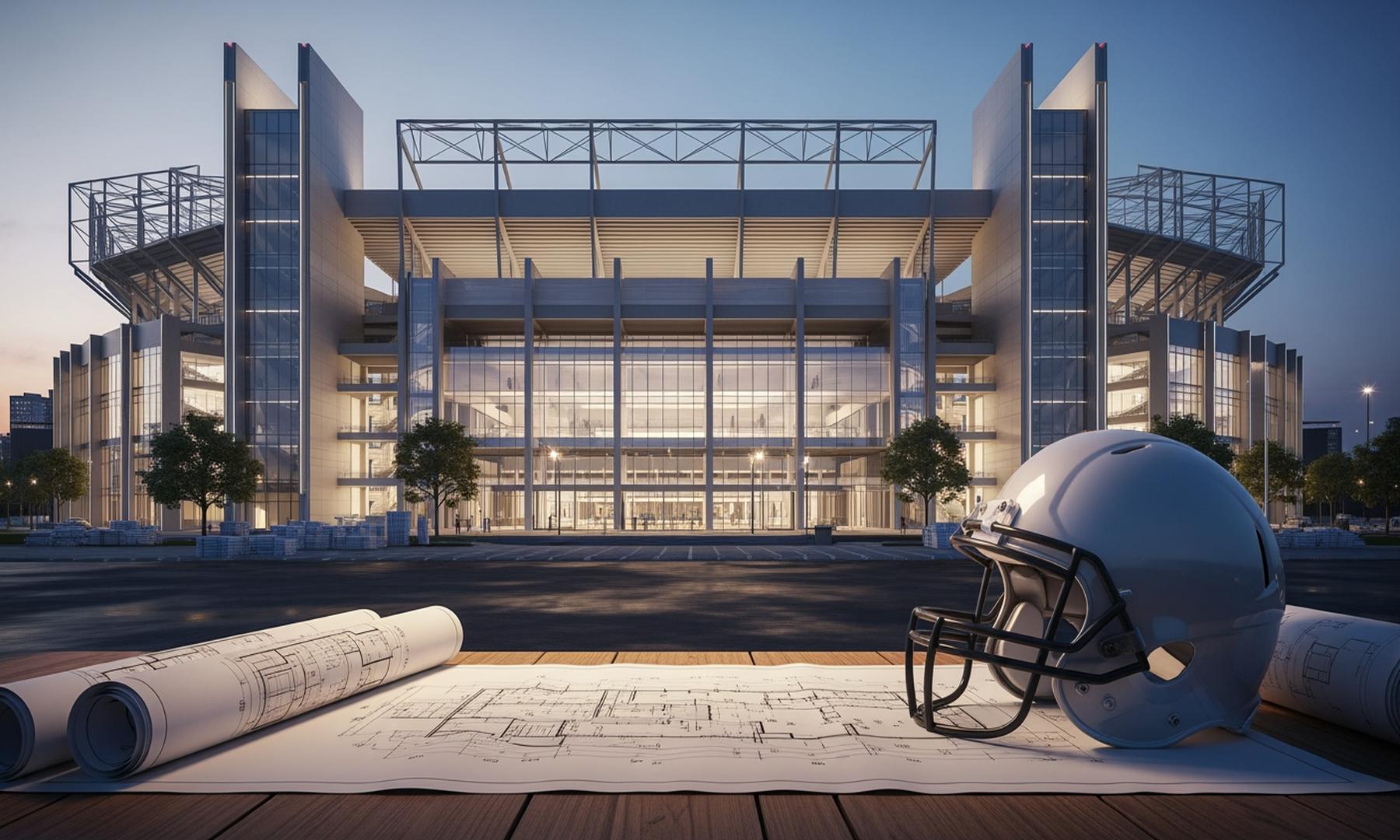What's Happening?
The Ryan family, led by Pat Ryan Jr., has invested $862 million into constructing a new stadium for Northwestern University's football team, replacing the nearly century-old Ryan Field. The decision to build
a new stadium rather than renovate the existing one was made after determining that further renovations would be more costly. The new stadium, named Ryan Field, is intended to be a standout in both college and professional football. The Ryan family, Northwestern's largest donors, have a long history with the university, with Patrick Ryan Sr. having the original stadium named after him in 1997. The new stadium is also envisioned as a year-round asset for the Evanston community, hosting various events beyond football games.
Why It's Important?
This significant investment by the Ryan family underscores their commitment to enhancing Northwestern's athletic facilities and the broader community. The new stadium is expected to boost the university's profile in college sports, potentially attracting more talent and increasing competitiveness. It also reflects a broader trend in college athletics where facilities are increasingly seen as critical to recruiting and retaining top athletes. The stadium's design aims to serve not just the university but also the local community, potentially fostering stronger town-gown relations and providing a venue for various community events. This could lead to increased economic activity in the area, benefiting local businesses and residents.
What's Next?
The new Ryan Field is set to open in 2026, and Northwestern plans to bid for hosting the Illinois high school football state championships. This move could position the stadium as a central hub for significant sporting events in the region. As construction progresses, there will likely be further developments regarding the types of events the stadium will host and how it will integrate with the community. The university and the Ryan family will continue to monitor the project's impact on both the athletic program and the local economy, adjusting plans as necessary to maximize benefits.













